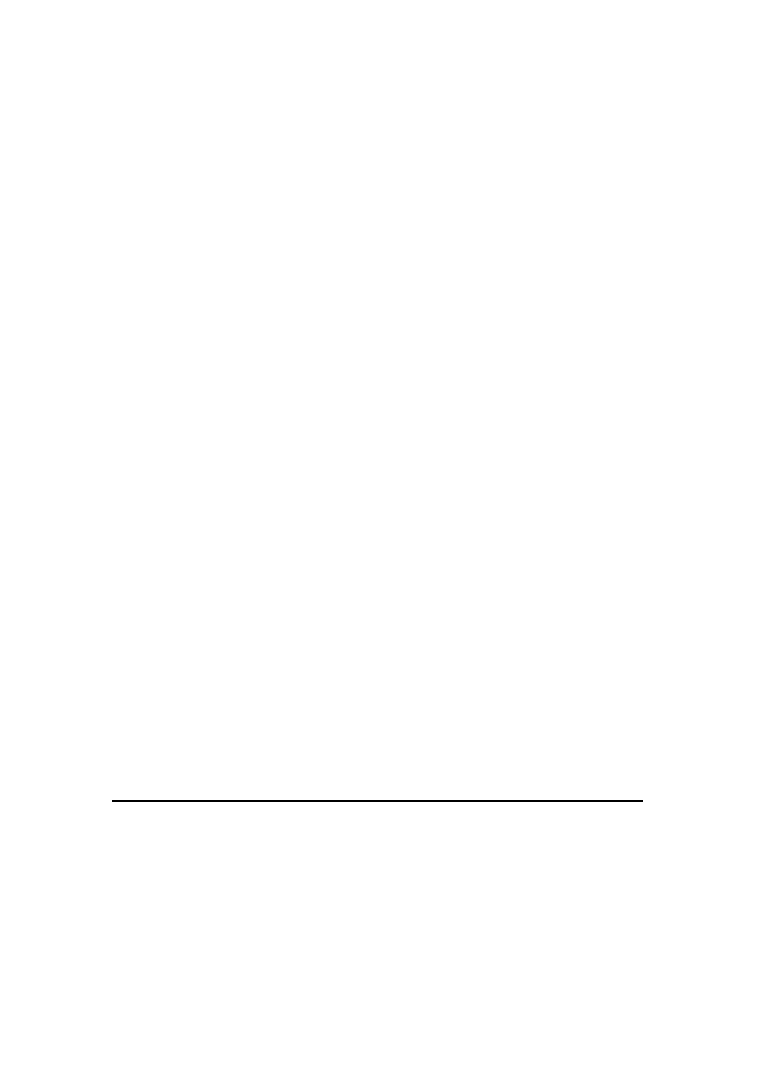
of abstract painting. Groebel has pointed
out that he used to dislike people "see-
ing" things in his hand-painted abstract
paintings, but that he sees it as a posi-
tive reading of these hacked, found, and
transferred images.
Hacked Channels series does not rely
on the presence of the human gure as a
point of reference in the work, both
culturally and art historically. If the
body is present in the work, it is so
abstracted as to be almost unrecogniz-
able. The fact that some of the images
are scenes from a porn movie adds a
sense of bathos to the reading of this
already complex work. The nished
paintings in the Hacked Channels pieces
have more of a strong relation to land-
scape; they are not evocative of the
picturesque but are more like glimpses,
in the viewer's peripheral vision, from a
car or a train. In common with the
earlier work, they possess a dark quality
similar to the often incidental but ex-
tremely atmospheric scenes from dream-
scapes, where there is another more
prominent strand. These images are not
however hackneyed. As paintings they
maintain their translucent and textural
quality while displaying the semi-pro-
cessed material of the hacked televisual
image. Their roots seem to be rmly
within the expressionist canon. They
visual arts and the virtual.
ing is its odd positioning between the
underground and the traditional. Paint-
ing is a medium in which few subcul-
tures have any interest, but this body of
work holds its own in both contexts. By
developing the techniques and appro-
priation of images in the way that he
has, Groebel uses the devices of com-
puter subculture to place them rmly
within the language of art and its his-
tory. The main focus is to look at the
potential for art, and not cultural activ-
ism, to have a role in society and not to
be part of the entertainment business.
Groebel's work is far from nostalgic and
is not overtly recoursing to historical
canons. All the images he uses are less
than ten years old at the time of mak-
ing; hence the source material will only
date with the artwork. This work is very
modernist term) of painting. It could be
said to be one of the rst developments
painting has seen in many years. While
the context of the work through the
televisual image and its contemporary
implications are important within the
pieces, the main aim of the work is that
it functions as good art. And that qual-
ity is timeless.
electronic arts; she lives in London, UK. helen@volcanic.demon.co.uk. She
would like to thank Thomas Mueller and Charles A. Wright, Jr., for
discussion and unpublished texts.